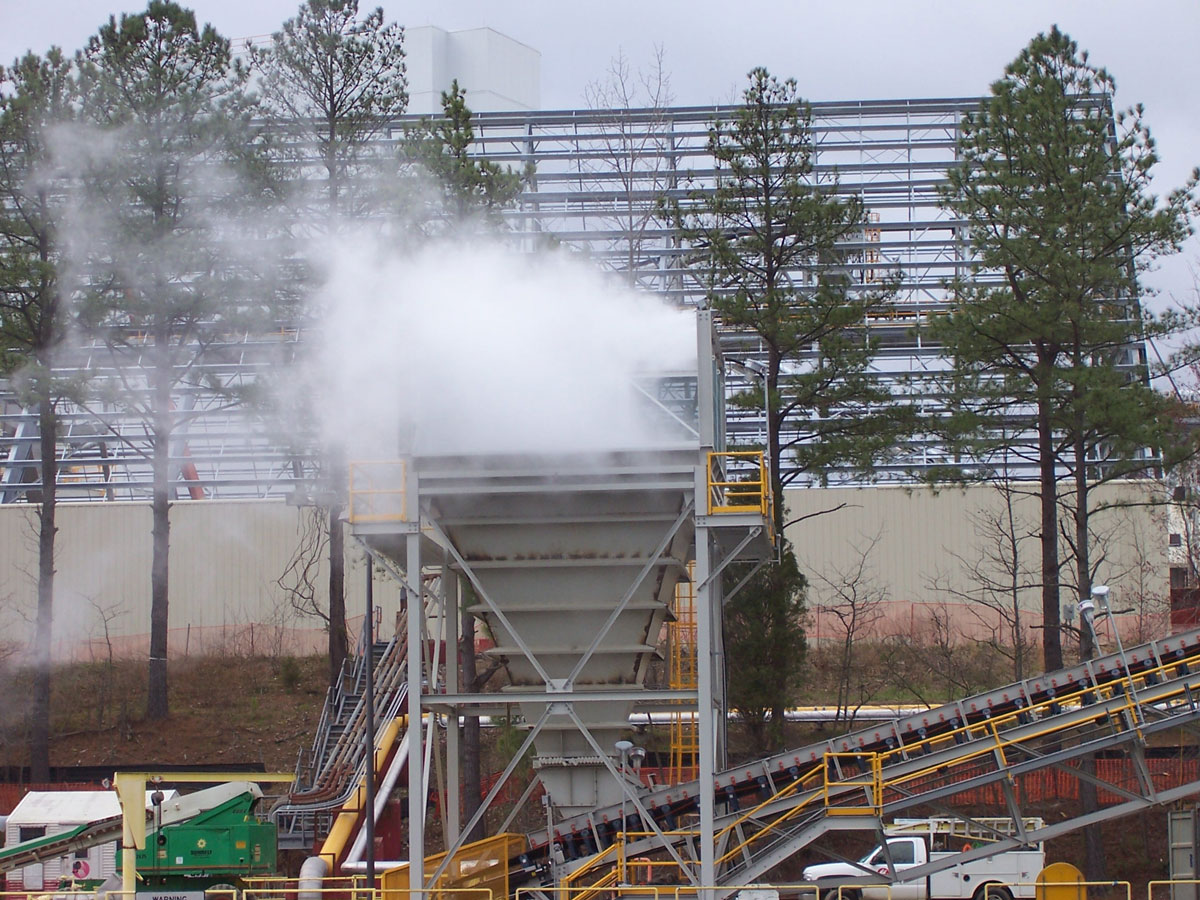"Invisible Savior: The Power and Potential of Dry Fog Systems"
Introduction
Imagine a life-saving technology so unobtrusive that you hardly notice it's there until it's needed the most. This innovative solution comes in the form of a dry fog system, a discreet and effective method for controlling fires, disinfecting spaces, and more. In this blog, we will explore the incredible world of dry fog systems, shedding light on how they work, their applications, and their potential to revolutionize various industries.
Understanding Dry Fog
Dry fog is a fine mist of water droplets with a diameter of 10 micrometers or less, so small that it behaves like a gas. This remarkable characteristic sets it apart from traditional sprinkler systems that use large water droplets. The tiny droplets in dry fog not only cover a larger surface area but also have unique properties that make them effective for a range of applications.
Fire Suppression
One of the most critical applications of dry fog systems is in fire suppression. Unlike traditional sprinklers, dry fog systems release a fine mist that rapidly cools the surrounding area, cutting off the fire's oxygen supply. Furthermore, the small droplet size ensures minimal water damage to the building and its contents, making it a cleaner and more efficient solution.
Dry fog systems are ideal for protecting valuable assets, such as data centers, museums, and historical buildings, where water damage can be catastrophic. They also reduce the risk of electric shock and provide a safer environment for occupants during a fire event.
Disinfection and Decontamination
In the wake of the COVID-19 pandemic, maintaining clean and safe environments has become a top priority. Dry fog systems have emerged as a powerful tool for disinfection and decontamination. The fine mist can effectively disperse disinfectants or sanitizers, ensuring even coverage of surfaces. This application is particularly useful in healthcare facilities, laboratories, and public spaces, where maintaining a sterile environment is critical.
Preservation of Artifacts
Dry fog systems have found a unique role in preserving valuable artifacts, artwork, and historical documents. The controlled humidity and temperature provided by these systems help prevent the degradation of delicate items, ensuring they remain in pristine condition for generations to come. Museums, archives, and libraries are increasingly turning to dry fog technology to safeguard their precious collections.
Agricultural Use
Agriculture is yet another domain where dry fog systems are proving their worth. By maintaining optimal humidity levels in greenhouses, these systems help promote plant growth and increase yields. Additionally, dry fog can be used for pest control by distributing pesticides in a finely atomized form, reducing chemical use and minimizing environmental impact.
Reduced Water Usage
Compared to traditional irrigation systems, dry fog systems consume significantly less water. Their ability to break water into fine droplets allows for efficient coverage, reducing wastage and conserving this precious resource. In a world grappling with water scarcity, the water-saving potential of dry fog systems cannot be understated.
Sustainability and Energy Efficiency
Dry fog systems are inherently energy-efficient. The small water droplets evaporate quickly, reducing energy consumption and operational costs. Moreover, their ability to regulate temperature and humidity in various settings can lead to substantial energy savings, making them a sustainable choice for a variety of applications.
Conclusion
Invisible, versatile, and life-saving, dry fog systems are a remarkable technological advancement that is quietly reshaping various industries. From protecting priceless artifacts to enhancing agricultural yields and reducing water consumption, the applications of dry fog systems are vast and impactful. In a world where efficient and sustainable solutions are in high demand, these systems are taking the lead. As we continue to explore their potential, it is evident that dry fog is far more than just a mist in the air – it's an invisible savior.




Comments
Post a Comment